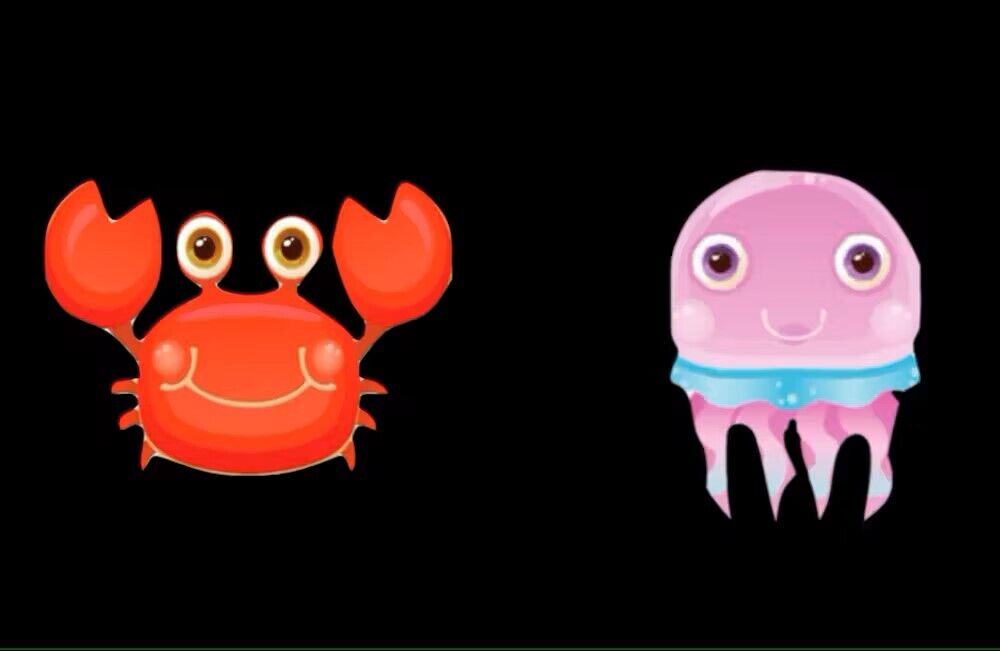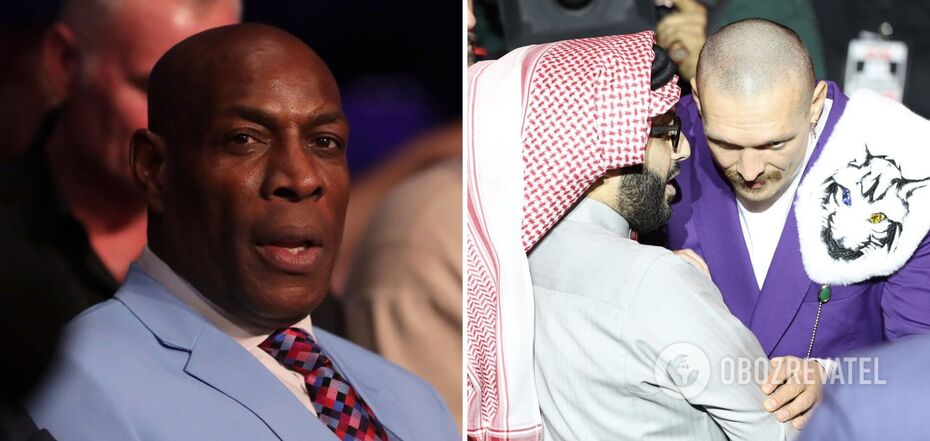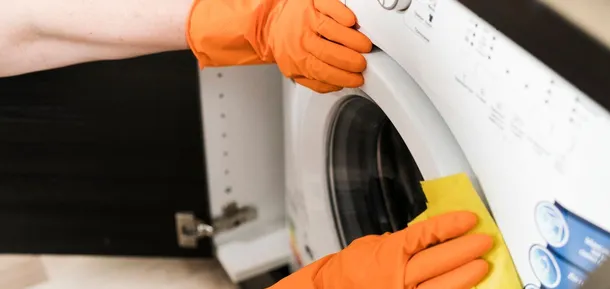News
"Babies are little detectives": a study shows that children learn language much earlier than we thought
New research has shown that children learn language much earlier than we thought. This surprising process begins as early as 4 months, shattering the old belief that children learn these patterns only after they tune into their mother tongue between 6 and 12 months of age.
Scientists say that "babies are little detectives" who are constantly collecting clues about the world around them. And when a baby looks at you when you talk, it's because they're not just picking up on sounds - they're learning how those sounds are created, ScienceAlert writes.
Incredible abilities of babies
According to scientists, as early as the first six months, babies can distinguish the sounds of languages they have never even heard. However, this incredible ability does not last forever.
Between 6 and 12 months, children begin to narrow their attention to the sounds they hear most often. For vowels, this fine-tuning begins at about six months, while consonants begin closer to ten months, researchers say.
And by their first birthday, children are already fine-tuning their hearing to the sounds of their native language and focusing on the most important ones.
Memorizing unknown languages
Scientists emphasize that four-month-olds can memorize the sounds of an unknown language. To demonstrate this, researchers conducted an experiment with 34 babies aged 4 to 6 months. Everything took place in the form of a game called "Collect the Pattern," where two fictional mini-languages were used.
One language had words such as "b" and "v", and the other had words such as "d" and "z". Each word that began with a certain letter was paired with an image from a cartoon: a jellyfish for words spoken on the lips and a crab for words spoken on the tip of the tongue. The recording of the word was played simultaneously with the demonstration of its paired image, the scientists explain.
The study used cartoons because children cannot say exactly what they are thinking, but they can form associations in their brains. These images helped to see if children could associate each mini-language with the correct picture.
Once the kids had learned these mini-languages and their picture combinations, the researchers switched things up. Instead of hearing the words, they watched a silent video of a person's face saying new words from the same mini-languages.
In some videos, the face matched the cartoon they had learned earlier. In others, it did not. The experts then tracked how long the babies watched the videos. Children tend to look longer at things that surprise or interest them and less at things that seem familiar, helping scientists understand how they perceive and recognize what they see.
The results were clear: the children spent much longer watching the video when the face matched what they had learned. This proved that they were not just passively listening, but were actively learning the rules of mimicry and linking this knowledge to what they were seeing.
So the scientists concluded that four-month-old babies can make connections between sound and sight. This early ability to notice patterns in sound production is the basis for later language learning.
According to scientists, this opens up new opportunities to help children who may have language problems. After all, they can be helped at an early stage of their development.
Only verified information is available on the OBOZ.UA Telegram channel and Viber. Do not fall for fakes!





























